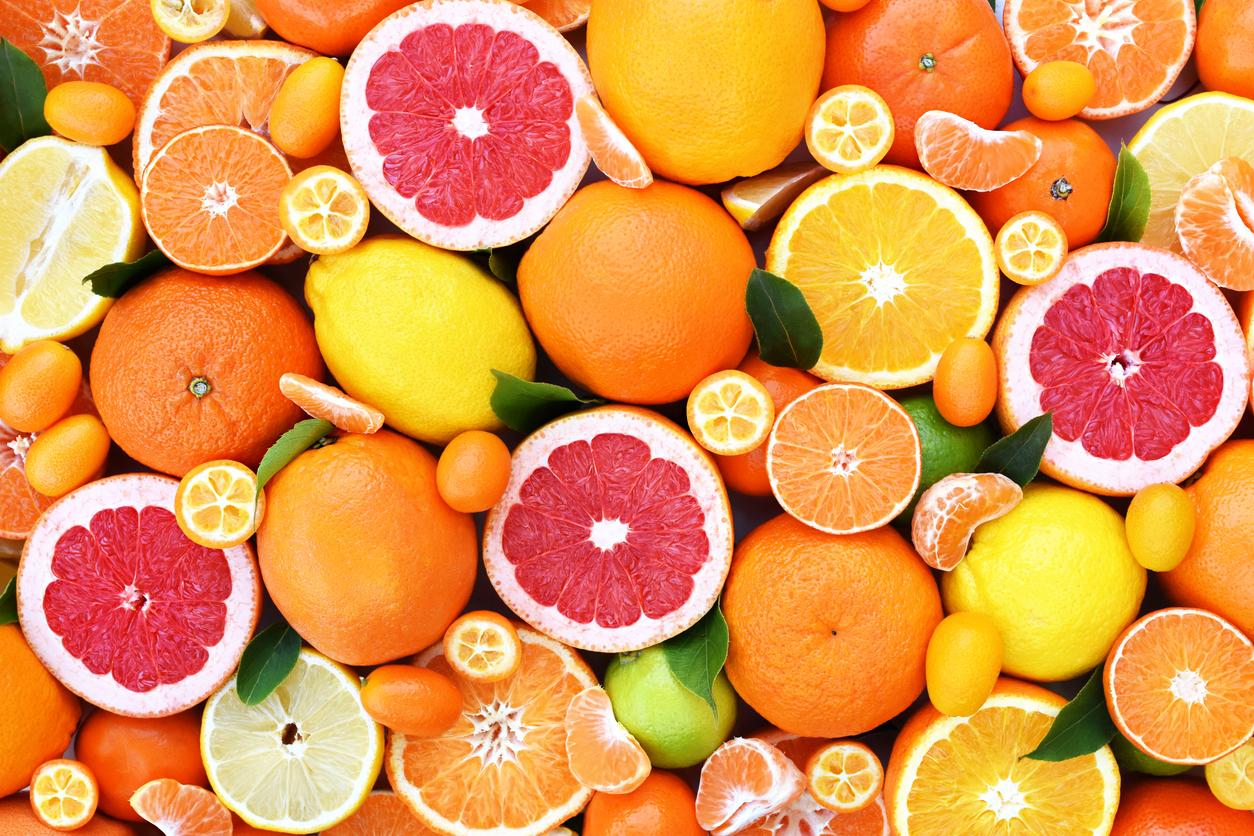December 23, 2002 – During the holidays, do not hesitate to accompany the traditional turkey with a little wine. This is a great way to combine business with pleasure while protecting yourself against the possible effects of salmonellosis. According to a study1 by Professor Mark Deaschel of Oregon State University, wine is indeed a natural antibiotic capable of overcoming E. coli and salmonella bacteria that sometimes contaminate poultry and red meat.
For the purpose of his experiment, Professor Deaschel used an artificial stomach. He inserted an artificial gastric fluid, baby food (chosen for its sterility and specific nutritional content) and bacteria E. coli or salmonella. Adding 75 ml of Chardonnay white wine to this “mixture” eliminated the salmonella bacteria in 14 minutes and the E. coli bacteria in 44 minutes. With the same amount of Pinot Noir red wine, the result was the same, but in a little longer (30 minutes for salmonella and one hour for E. coli bacteria).
The particular character of the wine would explain this good performance. According to Deaschel, the alcohol in wine makes the cell wall of the bacteria permeable, allowing the acids in the wine to enter and begin their deadly hunt for bacteria. It is therefore the acidity of the wine (and not its alcohol content as has long been believed) that causes the death of these bacteria. This would also explain why white wine is more efficient than red wine in this operation since its acidity is 25% higher by volume.
According to Professor Deaschel, it is not enough to consume wine to benefit from its antibiotic properties, it must also be taken at the right time. The drink must, in fact, be drunk before the meat consumed has been digested and left the stomach.
Traditionally, the antibiotic virtues of wine have been known since the 18th century.e century. During this century, the specific qualities of each terroir were clarified and some doctors began to use wine for therapeutic purposes.
Stéphane Gagné – PasseportSanté.net
According to the Globe and Mail, December 3, 2002.
1. The study will be published in the January 2003 issue of the scientific journal Journal of Food Science.

















